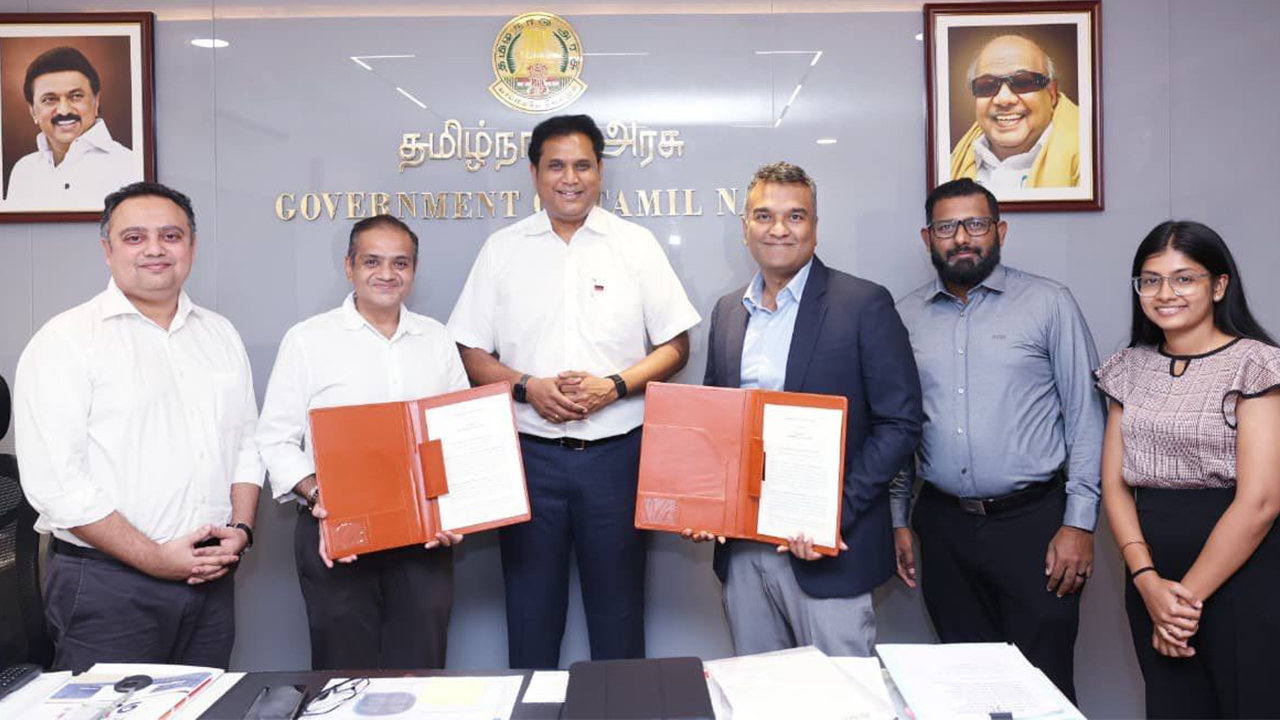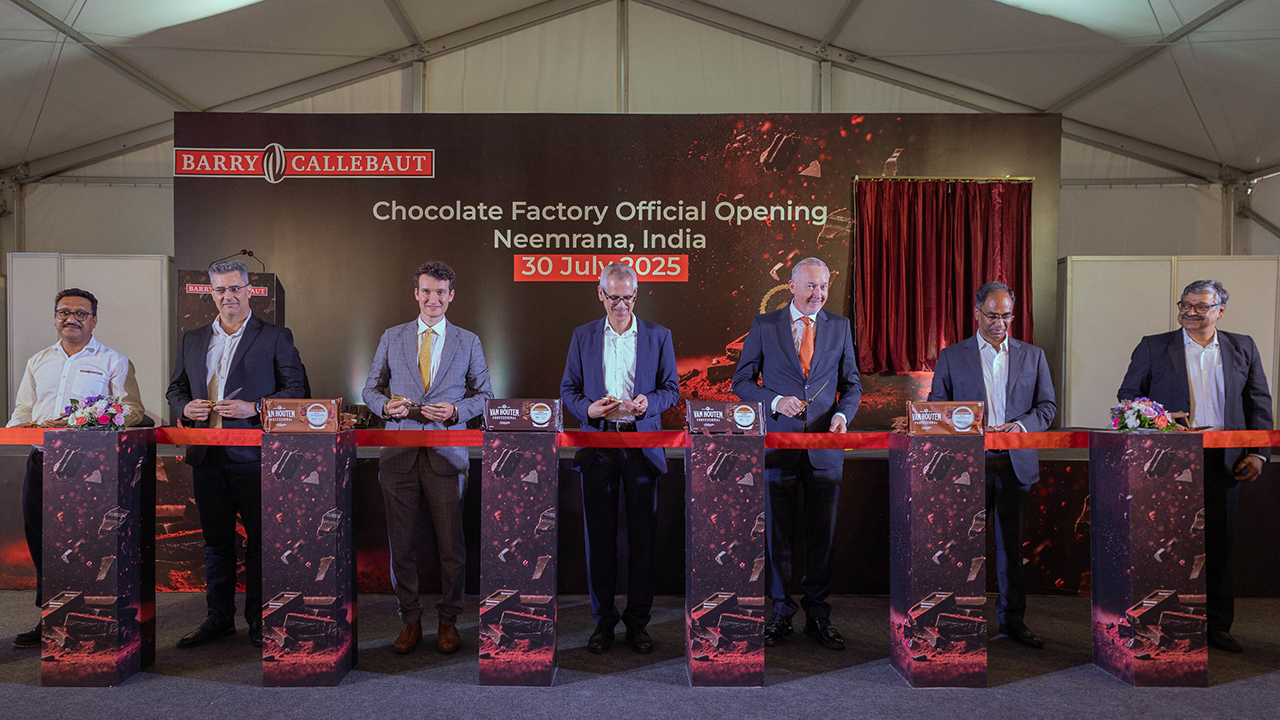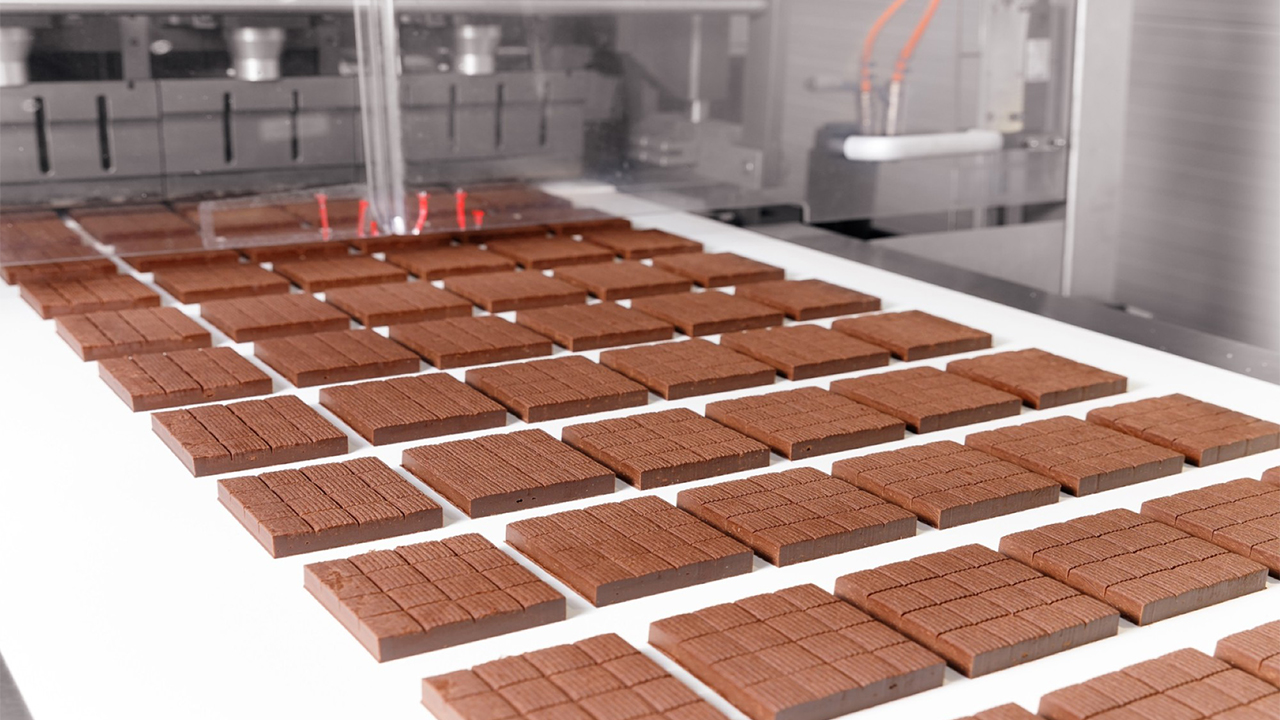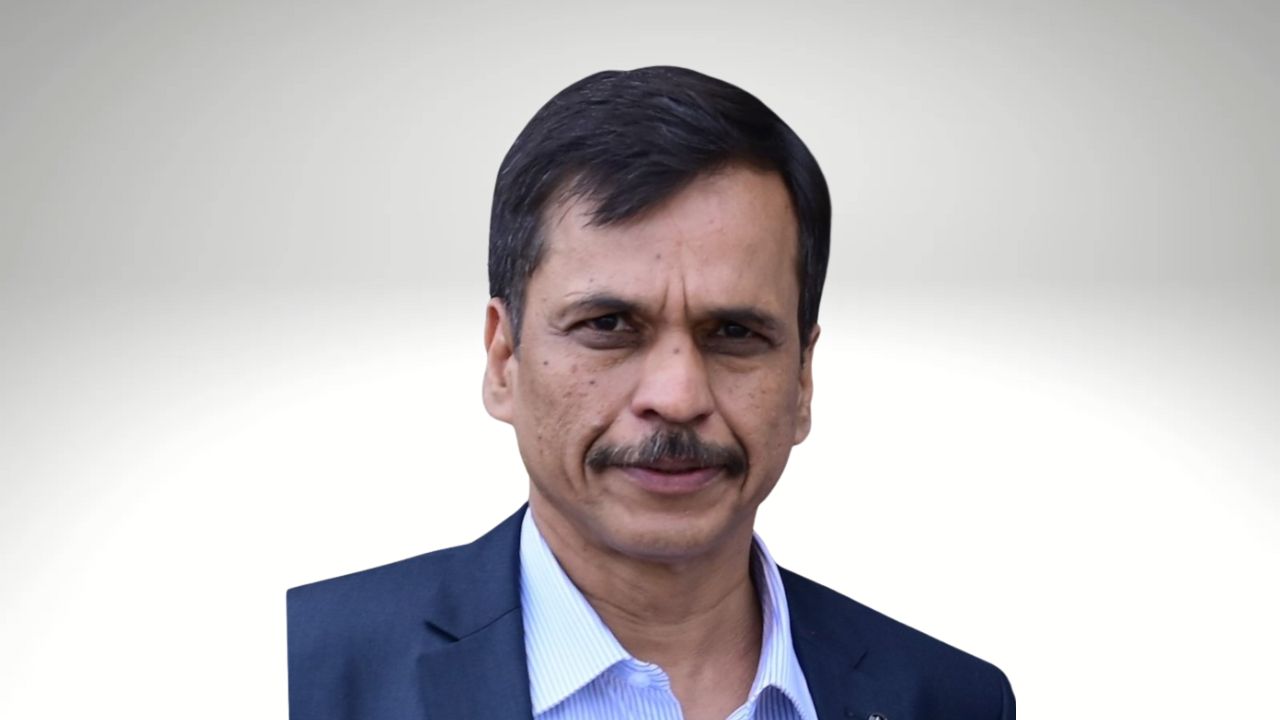Unilever’s Women Engineers fitted a factory into a 40-foot container
#Changetheratio #FMCG #WomenInManufacturingFlexibility & agility are becoming one of the essential factors in efficient manufacturing. Unilever’s innovative ‘nano factory’ will enable them to be more flexible and agile in the production capability.
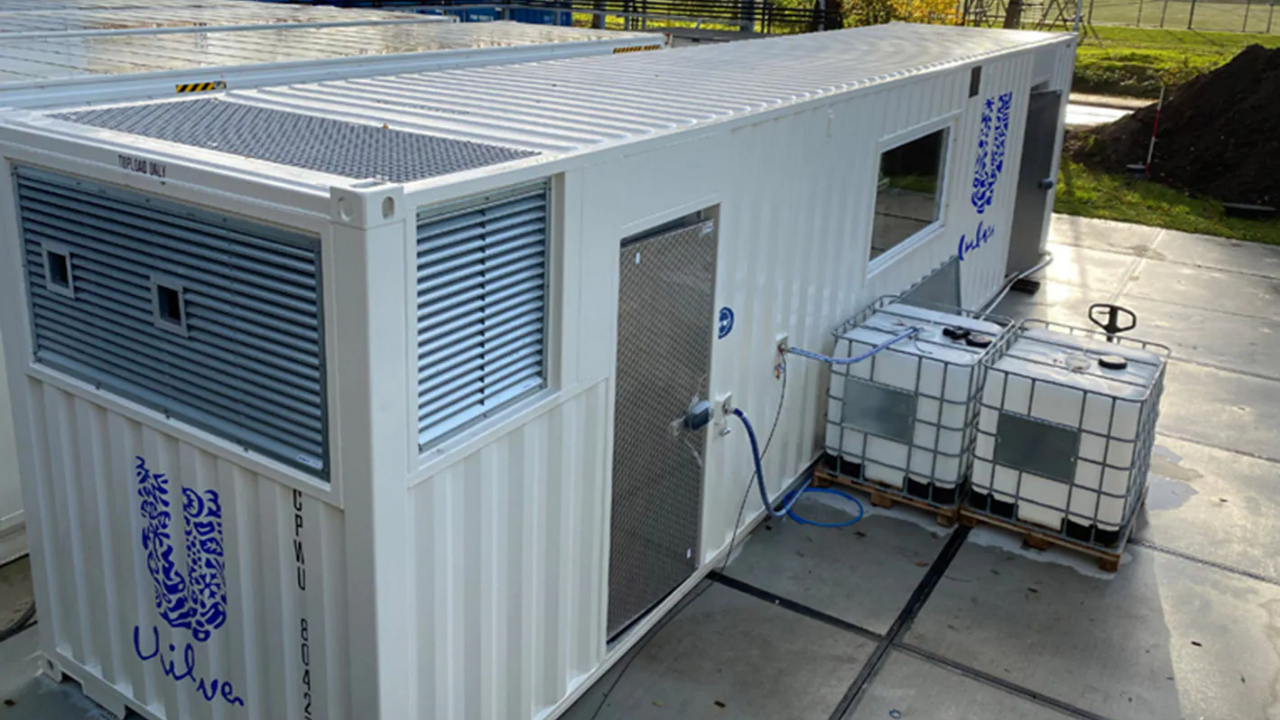
Unilever has over 300 factories across 69 countries. Many of these are big facilities, designed to manufacture products in large quantities, at high speed. Although sometimes there is a need to produce a small volume – maybe a seasonal variant – or test a market with a particular product before launching it full scale. It’s often not commercially viable to use a mass production line for this, as each switchover takes time. Apart from that it is not easy to quickly respond to the changing demand in local markets, which is another challenge.
To try and tackle these challenges, a Unilever supply chain team – led by two female engineers – has come up with a rather innovative solution: a nano factory. This is a fully-functioning, mini production line that fits entirely into a 40-foot shipping container. It houses everything that is needed to produce a batch, from the point where raw materials go in at one end to where finished products come out at the other – bottled, capped and labelled.
Due to its size, the factory can be transported on the back of a truck and needs only an electricity cable and a water hose plugged in to be up and running. This means it’s quick to deliver and set up and can provide additional capacity where and when we require it.
So, not only can we use it to produce small batches in a cost-efficient way, but there’s also virtually no waste – as much less product is left in the pipes when the line is stopped to be cleaned and switched over to a different product.
“If we build a network of these, we get flexibility in our supply chain which we don’t have everywhere right now,” says Engineering Manager Olivera Trifunovic, who is joint lead on the nano factory project.
“We can see a future where we have a truly dynamic model, with thousands of local production lines all over the world instead of one big one in a massive building. We have a completely movable asset that you can pick up and drop anywhere.”
The nano factory is fully digitised, meaning it is programmed and controlled remotely. All instructions are fed from a ‘superuser’ sitting in a central location to a screen inside the container. Sensors on the line send data back continuously, so adjustments can be made and problems fixed quickly. As all the control systems are managed remotely, the unit itself only requires three on-site operators per shift.
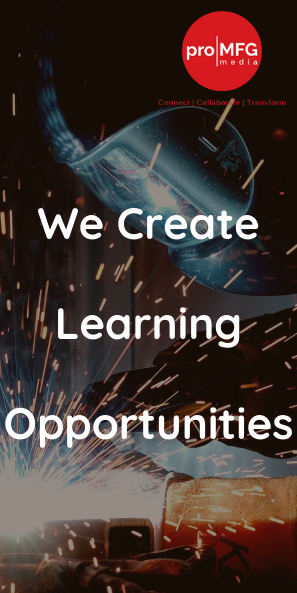
NEWSLETTER
TRENDING ON PRO MFG
MORE FROM THE SECTION



